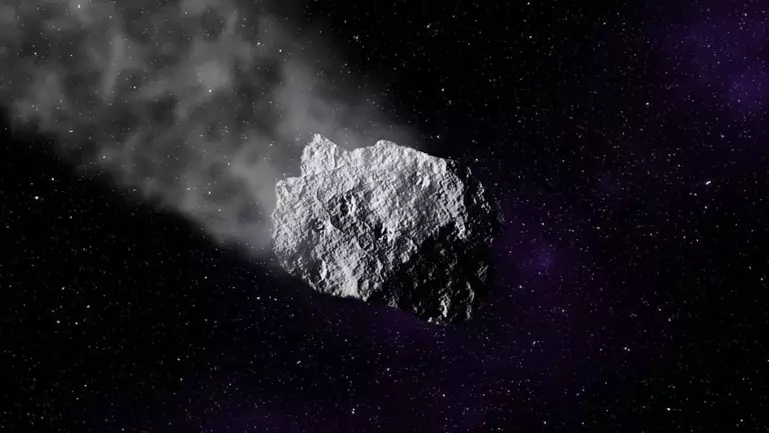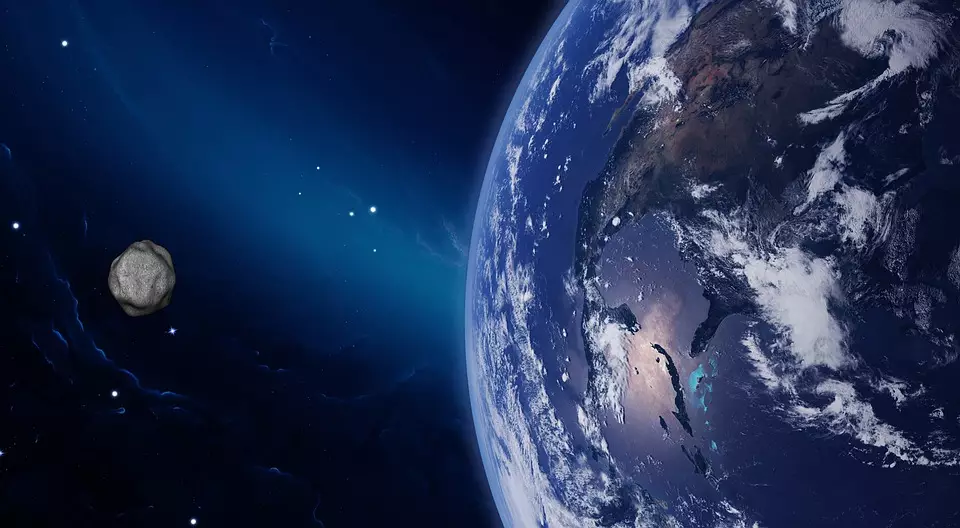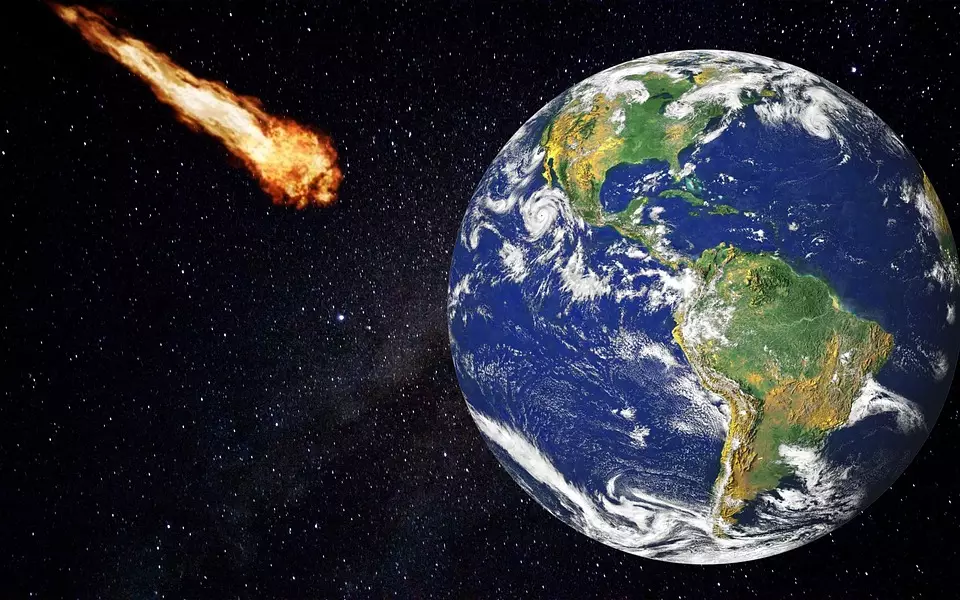
Christmas is finally upon us, but here's something to get you off the sofa and gazing up to the skies - there will be a 2,000ft-wide asteroid whizzing past the Earth at a speedy 27,000mph in the early hours of Boxing Day.
The folks at NASA are monitoring the journey of the space rock, affectionately known as '310442 (2000 CH59)' - catchy name, eh? - and they've estimated that it will come closest to our planet before most of us are awake on 26 December at 7.54am.

The space agency's Center for Near Earth Object Studies (CNEOS) has measured the diameter to be approximately 2,034 feet. That means it could be bigger than One World Trade Centre in New York City, which measures a mere 1,792 feet.
Advert
Director of CNEOS Paul Chodas told Newsweek: "Over many centuries and millennia [these asteroids] might evolve into Earth-crossing orbits. So it's prudent to keep tracking [them] for decades to come and to study how their orbits might be evolving."
According to the CNEOS, the large asteroid will travel past Earth at a speed of around 27,000mph.

It is officially classed as a 'near-Earth object' when any comet or asteroid with a path around the sun takes it within 121 million miles of the star and 30 million miles of our orbit.
Advert
The rock is also classified as 'potentially hazardous' because it measures more than 460ft in diameter and its projected trajectory is expected to take it within 0.05 astronomical units of Earth.
Scientists know of about 25,000 Near Earth Objects (NEOs) that measure larger than 460 feet in diameter, with Chodas revealing we have discovered about 35 percent of the total figure, with many still yet to be discovered.

He said: "If you count everything larger than 10 meters [33 feet] in size, the total population goes up to something like 100 million.
Advert
"For potentially hazardous asteroids (PHAs), the total population is estimated to be about 5,000."
But for those picturing a film-like apocalypse as the asteroid collides with us at super speed, have no fear as the distance between the asteroid and earth is calculated to be 19 times further than the moon.
So while 2019 might have been littered with a stream of bad events, Earth being hit by a hurtling asteroid is not on the cards this year.
Words: Niamh Spence
Topics: World News, News, Interesting, Nasa, space